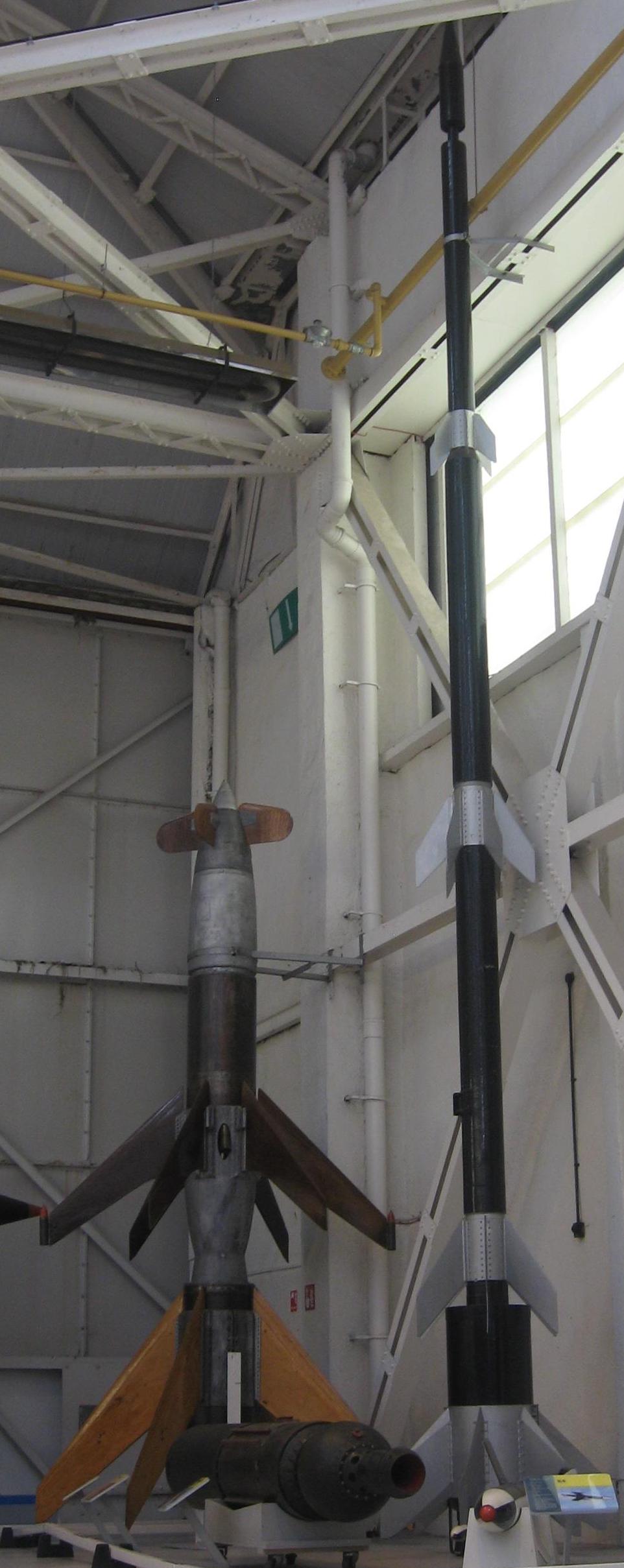Rheinbote on:
[Wikipedia]
[Google]
[Amazon]
 ''Rheinbote'' (''Rhine Messenger'') was a German short range ballistic rocket developed by
''Rheinbote'' (''Rhine Messenger'') was a German short range ballistic rocket developed by
 ''Rheinbote'' (''Rhine Messenger'') was a German short range ballistic rocket developed by
''Rheinbote'' (''Rhine Messenger'') was a German short range ballistic rocket developed by Rheinmetall
Rheinmetall AG () is a German automotive and arms manufacturer, headquartered in Düsseldorf, Germany. The group was promoted to the DAX, Germany's leading stock market index, in March 2023. It is the largest German and fifth largest Europe ...
-Borsig at Berlin
Berlin ( ; ) is the Capital of Germany, capital and largest city of Germany, by both area and List of cities in Germany by population, population. With 3.7 million inhabitants, it has the List of cities in the European Union by population withi ...
- Marienfelde during World War II
World War II or the Second World War (1 September 1939 – 2 September 1945) was a World war, global conflict between two coalitions: the Allies of World War II, Allies and the Axis powers. World War II by country, Nearly all of the wo ...
. It was intended to replace, or at least supplement, large-bore artillery by providing fire support at long ranges in an easily transportable form.
History
One of the problems for the German military, and indeed any mobile military force, is the weight of theartillery
Artillery consists of ranged weapons that launch Ammunition, munitions far beyond the range and power of infantry firearms. Early artillery development focused on the ability to breach defensive walls and fortifications during sieges, and l ...
and, more importantly, its ammunition supply. Battlefield rockets were intended to circumvent the problems, which led to the development of ''Rheinbote''. The ''Rheinbote'' was the successor of the earlier '' Rheintochter'' (Rhine Maiden).
Developed in 1943 by the Rheinmetall-Borsig company, ''Rheinbote'' was a four-stage solid-fuelled rocket, and the only long-range battlefield ballistic missile to enter service in World War II. The first test flights were carried out that year. Several changes were made to the system, but the basic design remained the same. It measured , with fins at the tail and one set of additional fins at each stage.Christopher, p.137. The propellant was a diglycol dinitrate mix, which enabled test models to achieve a speed of , the fastest rocket of the period.
The Rheinbote carried a warhead (just 2.3% of the missile's total weight) to a height of , for an effective range of ; it reached over in testing. For shorter ranges, some of the stages could be removed. It was launched from a simple rail on a mobile trailer, based on the one used to transport the V-2. Modified 88mm gun carriages were also used. It was aimed simply by pointing the trailer and elevating the launch gantry, a method not guaranteed to be accurate.
Over 220 were constructed, with over 200 being used against the Belgian port of Antwerp
Antwerp (; ; ) is a City status in Belgium, city and a Municipalities of Belgium, municipality in the Flemish Region of Belgium. It is the capital and largest city of Antwerp Province, and the third-largest city in Belgium by area at , after ...
between November 1944 and the end of the war. They caused only limited damage in small unpredictable areas of the city.Ford, p.84
Some were fired from positions near the town of Nunspeet in the Netherlands.
The concept of long-range artillery rockets on the battlefield would remain undeveloped after the war. Even ''Rheinbote'' was not used in its intended role, but instead as a smaller version of the V-2 missile in the strategic role, for which its warhead was essentially useless due to its poor accuracy, small size, and its fusing, since it tended to bury itself in the ground before exploding.
After the war, the Soviet Union
The Union of Soviet Socialist Republics. (USSR), commonly known as the Soviet Union, was a List of former transcontinental countries#Since 1700, transcontinental country that spanned much of Eurasia from 1922 until Dissolution of the Soviet ...
seized the design.
Design
The ''Rheinbote'' was a four-stage solid fuel rocket. The slender body measured in at tall and could carry a relatively small payload over a distance of approximately . Each of the four stages fired in succession with the first stage getting the rocket off the ground, the second and third stages lifting it further aloft, and the fourth stage lifting it to its maximum altitude. It was a ballistic missile with relatively low accuracy. Upon detonation the warhead produced no fragment damage and produced a crater no larger than across. The accuracy of the ''Rheinbote'' was found impossible to calculate after tests, because the craters proved too small to find.Characteristics
* Primary function: artillery support * Contractor: Rheinmetall-Borsig * Fuel source: diglycol-dinitrate solid propellant rocket * Length: * Diameter: * Wingspan: * Launch weight: Christopher, p.137, suggests the missile's weight was nearer . * Speed: * Warhead: * Range: (effective); (maximum) * Fuzes: * Unit cost: * Date deployed: November 1944 * Users: GermanySee also
* List of World War II guided missiles of GermanyNotes
Sources
* * * {{V-weapons World War II weapons of Germany Rocket weapons